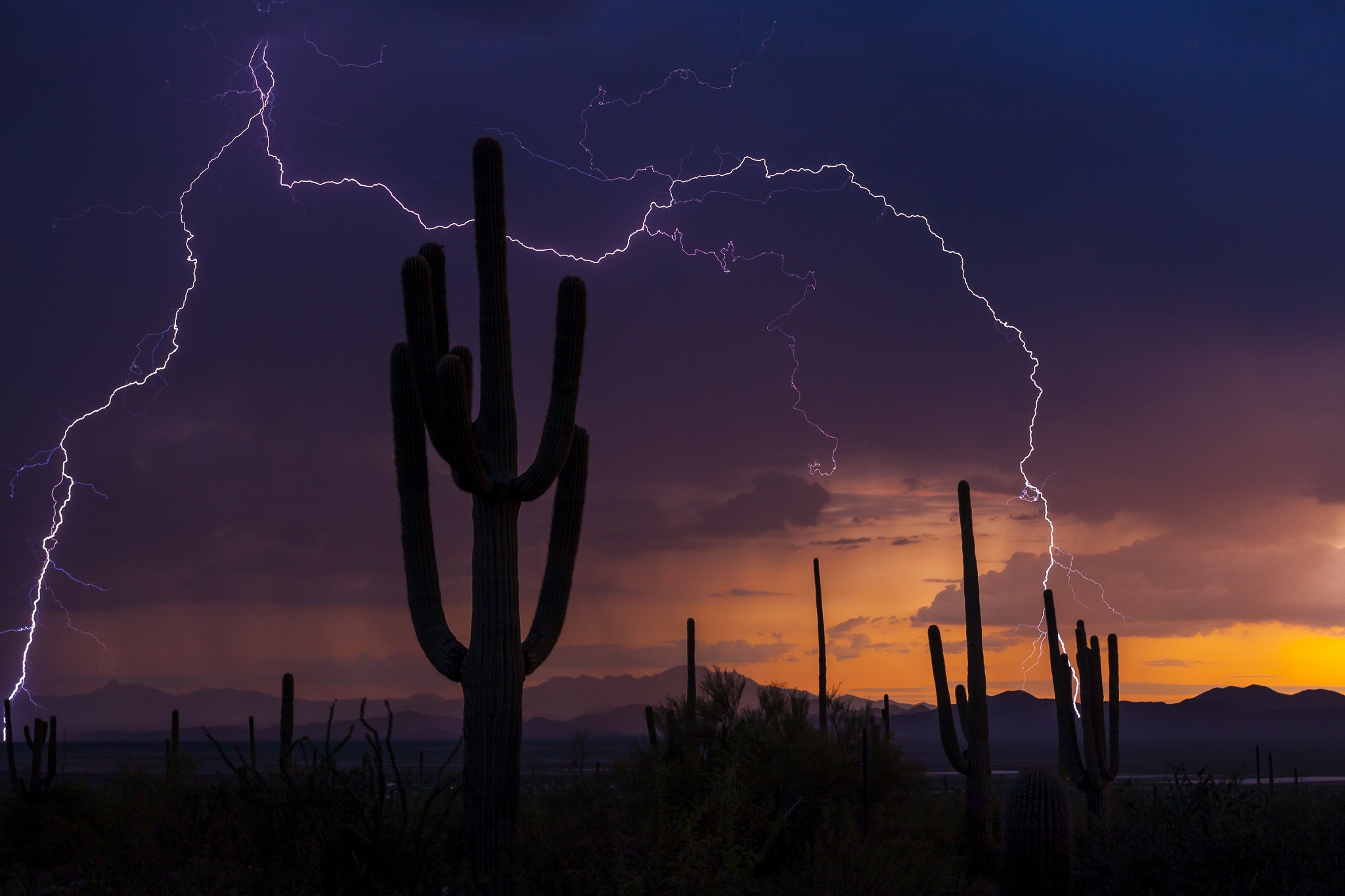When it comes to the search for extra-terrestrial intelligence (SETI) in the Universe, there is the complicated matter of what to be on the lookout for. Beyond the age-old question of whether or not intelligent life exists elsewhere in the Universe (statistically speaking, it is very likely that it does), there’s also the question of whether or not we would be able to recognize it if and when we saw it.
Dwarf planet may host more organic stuff than scientists thought
Sleep problems are influenced by our genes – but this doesn’t mean they can’t be fixed
Some people struggle greatly with sleeplessness, whereas others appear to be able to nod off effortlessly, regardless of the circumstances. Perhaps the most obvious explanation for differences between us in terms of our sleep is the environmental challenges that we face. An unrelenting stint at work, relationship difficulties or receiving bad news are just some of the many life challenges that can lead to sleepless nights.
Why 50,000 ships are so vulnerable to cyberattacks
The 50,000 ships sailing the sea at any one time have joined an ever-expanding list of objects that can be hacked. Cybersecurity experts recently displayed how easy it was to break into a ship’s navigational equipment. This comes only a few years after researchers showed that they could fool the GPS of a superyacht into altering course. Once upon a time objects such as cars, toasters and tugboats only did what they were originally designed to do. Today the problem is that they all also talk to the internet.
Shades of Martian Darkness
Science operations for NASA's Opportunity rover have been temporarily suspended as it waits out a dust storm on Mars. This series of images shows simulated views of a darkening Martian sky blotting out the Sun from NASA's Opportunity rover's point of view, with the right side simulating Opportunity's current view in the global dust storm (June 2018). The left starts with a blindingly bright mid-afternoon sky, with the sun appearing bigger because of brightness. The right shows the Sun so obscured by dust it looks like a pinprick. Each frame corresponds to a tau value, or measure of opacity: 1, 3, 5, 7, 9, 11.
How much does our galaxy weigh?
Just how gross are airplane cabins really?
How far away was that lightning?
Why do our ears pop?
Spending time alone in nature is good for your mental and emotional health
Today Americans live in a world that thrives on being busy, productive and over scheduled. Further, they have developed the technological means to be constantly connected to others and to vast options for information and entertainment through social media. For many, smartphones demand their attention day and night with constant notifications.
Bees join an elite group of species that understands the concept of zero as a number
Scientists are using DNA to study ocean life and reveal the hidden diversity of zooplankton
Does eating at night make you fat?
Rover detects ancient organic material on Mars – and it could be trace of past life!
It was to a great fanfare of publicity that researchers announced they had found evidence for past life on Mars in 1996. What they claimed they had discovered was a fossilized micro-organism in a Martian meteorite, which they argued was evidence that there has once been life on the Red Planet. Sadly, most scientists dismissed this claim in the decade that followed – finding other explanations for the rock’s formation.
Juno Solves 39-Year Old Mystery of Jupiter Lightning
Ever since NASA’s Voyager 1 spacecraft flew past Jupiter in March, 1979, scientists have wondered about the origin of Jupiter’s lightning. That encounter confirmed the existence of Jovian lightning, which had been theorized for centuries. But when the venerable explorer hurtled by, the data showed that the lightning-associated radio signals didn’t match the details of the radio signals produced by lightning here at Earth.
Are there enough chemicals on icy worlds to support life?
For decades, scientists have believed that there could be life beneath the icy surface of Jupiter’s moon Europa. Since that time, multiple lines of evidence have emerged that suggest that it is not alone. Indeed, within the Solar System, there are many “ocean worlds” that could potentially host life, including Ceres, Ganymede, Enceladus, Titan, Dione, Triton, and maybe even Pluto.
When did humans first learn to count?
20 Years of Earth Data Now at Your Fingertips
Powerful Earth-observing instruments aboard NASA’s Terra and Aqua satellites, launched in 1999 and 2002, respectively, have observed nearly two decades of planetary change. Now, for the first time, all that imagery — from the first operational image to imagery acquired today — is available for exploration in Worldview.
ALMA and VLT Find Too Many Massive Stars in Starburst Galaxies, Near and Far
Astronomers using ALMA and the VLT have discovered that both starburst galaxies in the early Universe and a star-forming region in a nearby galaxy contain a much higher proportion of massive stars than is found in more peaceful galaxies. These findings challenge current ideas about how galaxies evolved, changing our understanding of cosmic star-formation history and the build up of chemical elements.














